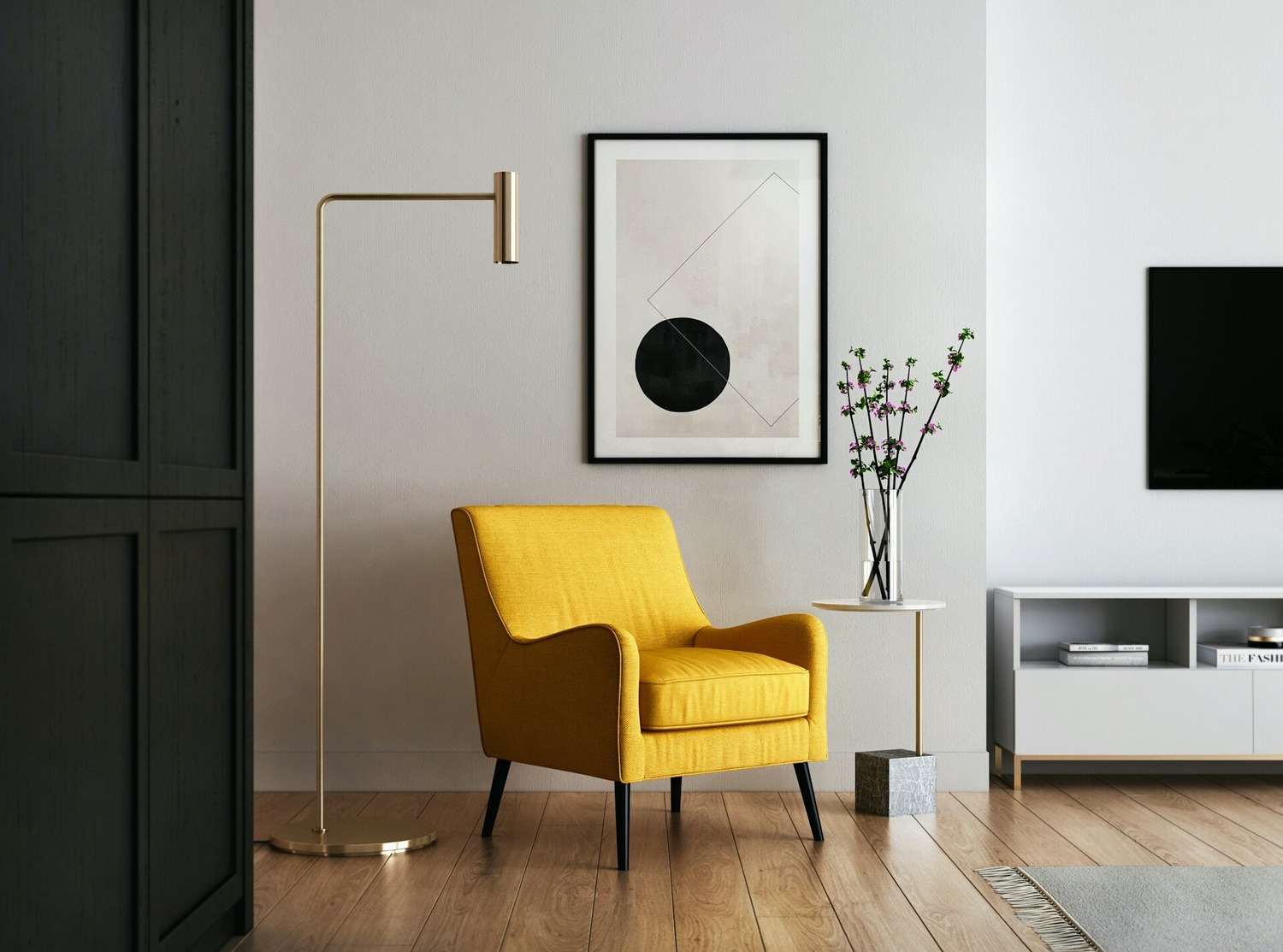
Art Placement: Tips for Hanging Art Like a Pro
Hanging art in your home can transform an ordinary room into a vibrant gallery of your personal journey, interests, and aesthetic preferences. However, without the right placement strategies, even the most beautiful pieces can fail to captivate or enhance your space as intended. Whether you’re a seasoned art collector or simply looking to display a new acquisition, these professional tips for art placement will ensure your walls speak volumes in style and harmony.
Understand the Space
Before hammering a nail into the wall, take a step back and assess the room. Consider the wall space, furniture layout, and natural light sources. Art should complement the room’s dynamics, not compete with them. A well-placed piece of art can elevate the room’s aesthetic and create a focal point that draws the eye naturally.
Follow the 57-Inch Rule
Galleries and museums often hang art so that the midpoint of each piece is 57 inches from the floor, mirroring the average human eye level. This rule ensures that art is enjoyed comfortably by most people, regardless of the room’s ceiling height. For a cohesive look, apply this rule throughout your home, adjusting only when furniture or room architecture requires it.
Consider Groupings for Impact
When hanging multiple pieces together, treat the group as one unit. Start by arranging the artworks on the floor to find a pleasing configuration, maintaining a consistent space of 2-3 inches between each frame. For gallery walls, mix sizes and orientations but keep a unifying element, such as frame style or color palette, to bring cohesion to the collection.
Balance and Symmetry
In rooms where balance is key, such as over a sofa or mantelpiece, ensure your art’s placement complements the space’s symmetry. For a single large piece, center it over the furniture. If you prefer a group of smaller pieces, arrange them to form a balanced composition that mimics the furniture’s width.
Lighting Matters
Art thrives under the right lighting. Natural light can enhance the colors and details in art, but be wary of direct sunlight, which can fade colors over time. For artificial lighting, consider installing picture lights or adjustable ceiling spotlights that can be directed onto the artwork, enhancing its visibility and vibrancy.
Leaning Art for a Casual Look
For a more casual or flexible approach, consider leaning art on mantels, shelves, or even the floor against a wall. This method allows for easy changes and layering of different-sized pieces, creating a dynamic and informal display that can evolve with your style.
Test Before You Hang
Before making any holes, use painter’s tape to outline the artwork’s dimensions on the wall. This visual aid helps you confirm the placement and visualize the final look without committing to nails or hooks immediately. For heavier pieces, ensure you use appropriate hardware and consider the wall material to avoid damage.
Incorporate Negative Space
Don’t underestimate the power of negative space—the area around and between art pieces. Proper use of negative space ensures that each piece has enough room to “breathe” and that the overall arrangement doesn’t feel cluttered. Sometimes, less is more when striving for a gallery-like atmosphere in your home.
Rotate Your Collection
Keep your space dynamic and fresh by rotating your art collection periodically. This practice not only gives you a new appreciation for your pieces but also allows you to experiment with different placements and pairings, keeping your decor lively and engaging.
Conclusion
Art placement is both an art and a science, requiring a keen eye for detail and a sense of balance. By following these professional tips, you can hang art in your home that enhances your space, reflects your personal style, and makes an impact. Remember, the goal is to create an environment that feels uniquely yours, where every piece tells a part of your story.
For those seeking to expand their collection or find the perfect piece to start with, check out our wall art shop. Our diverse range of art caters to every taste and interior style, ensuring you’ll find something that not only complements your space but also captivates and inspires.



